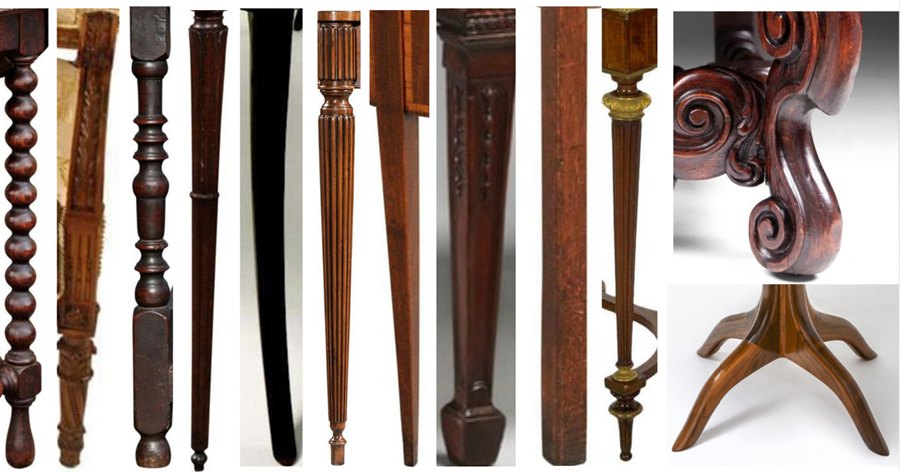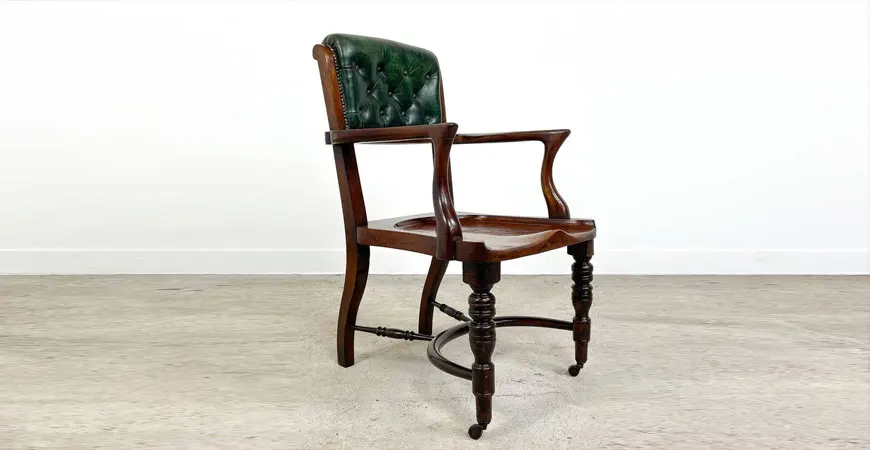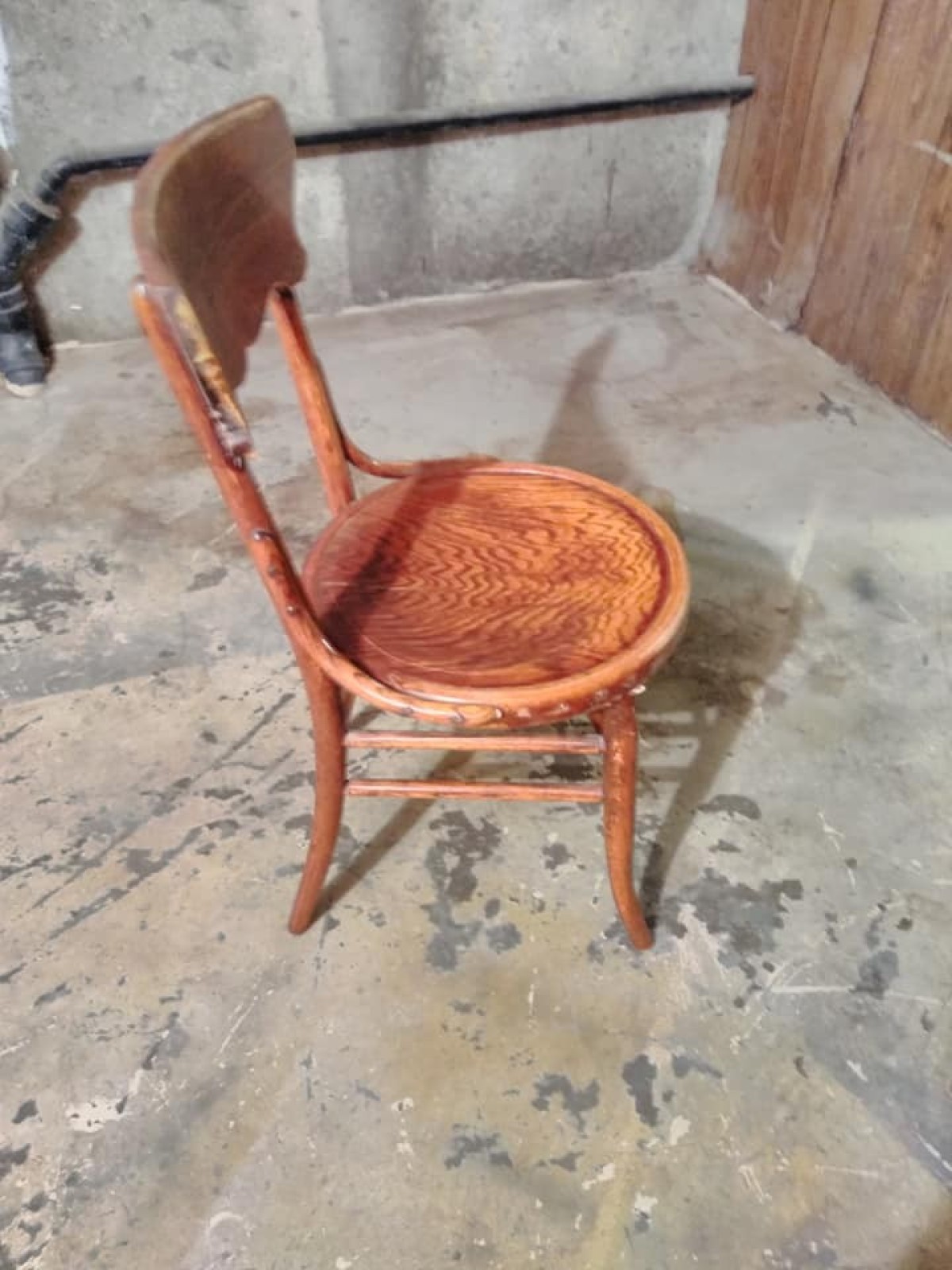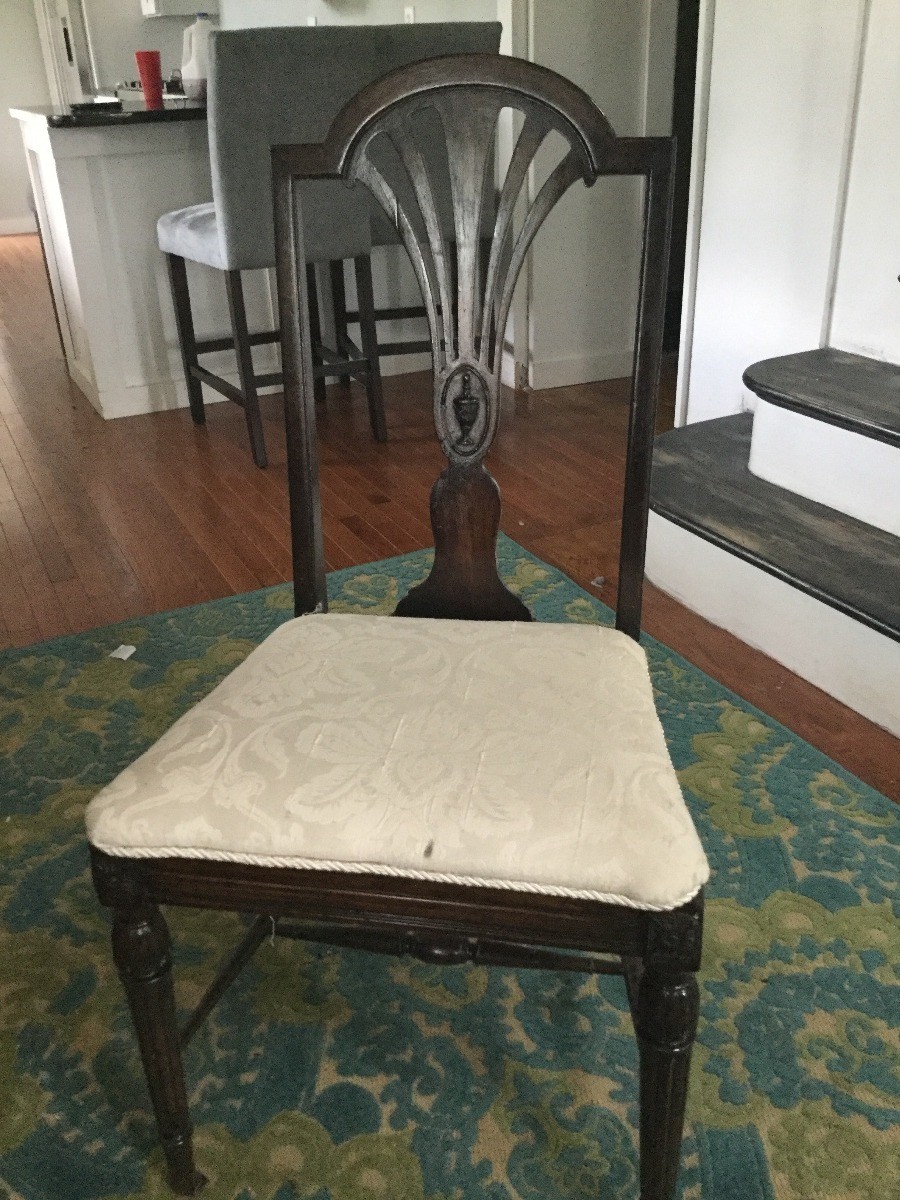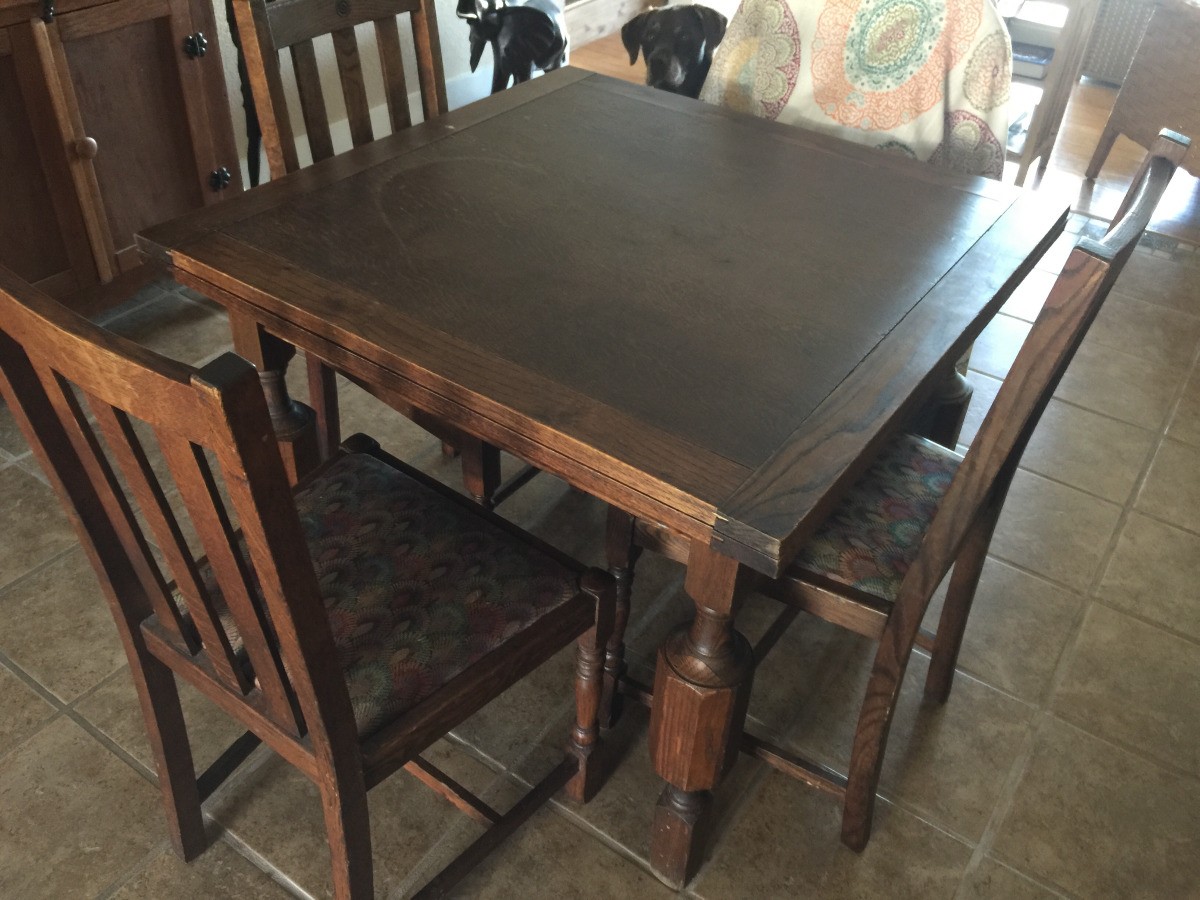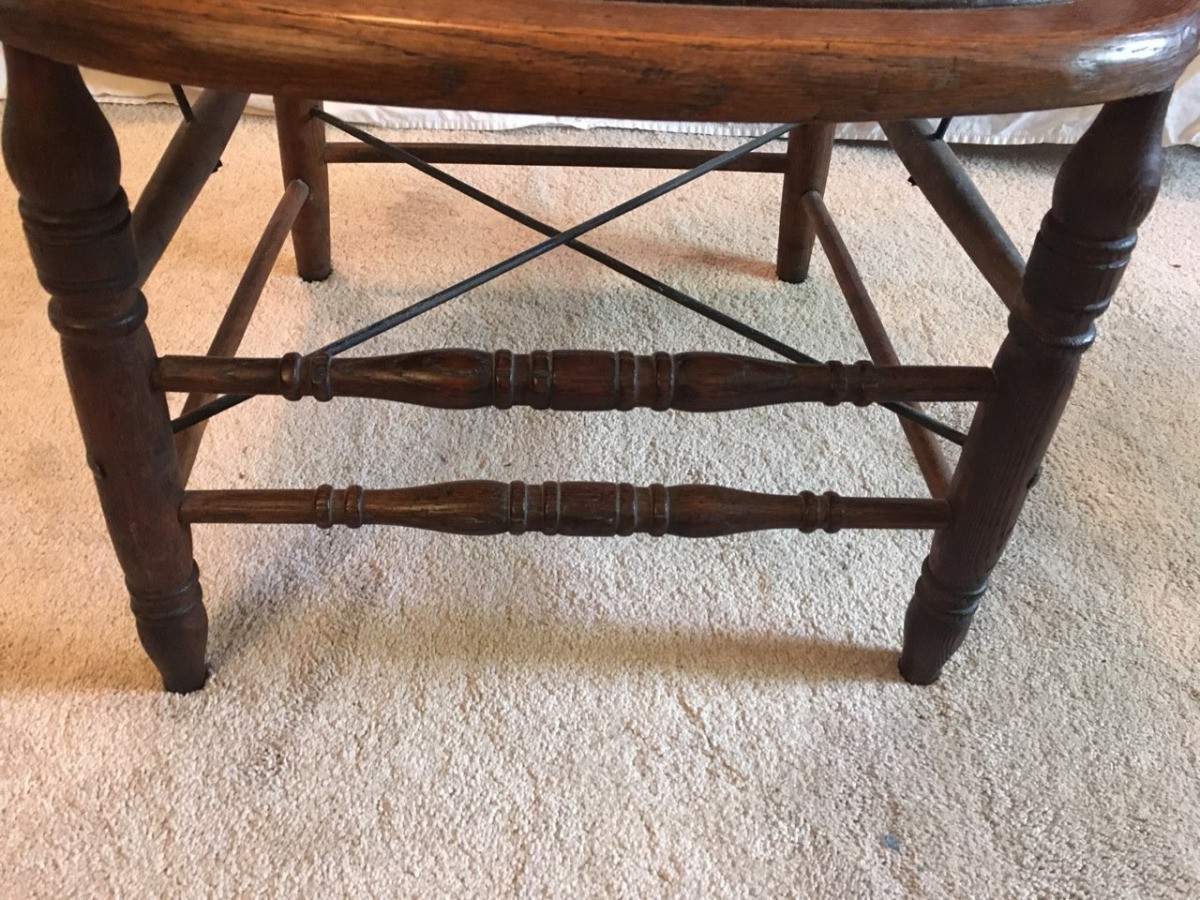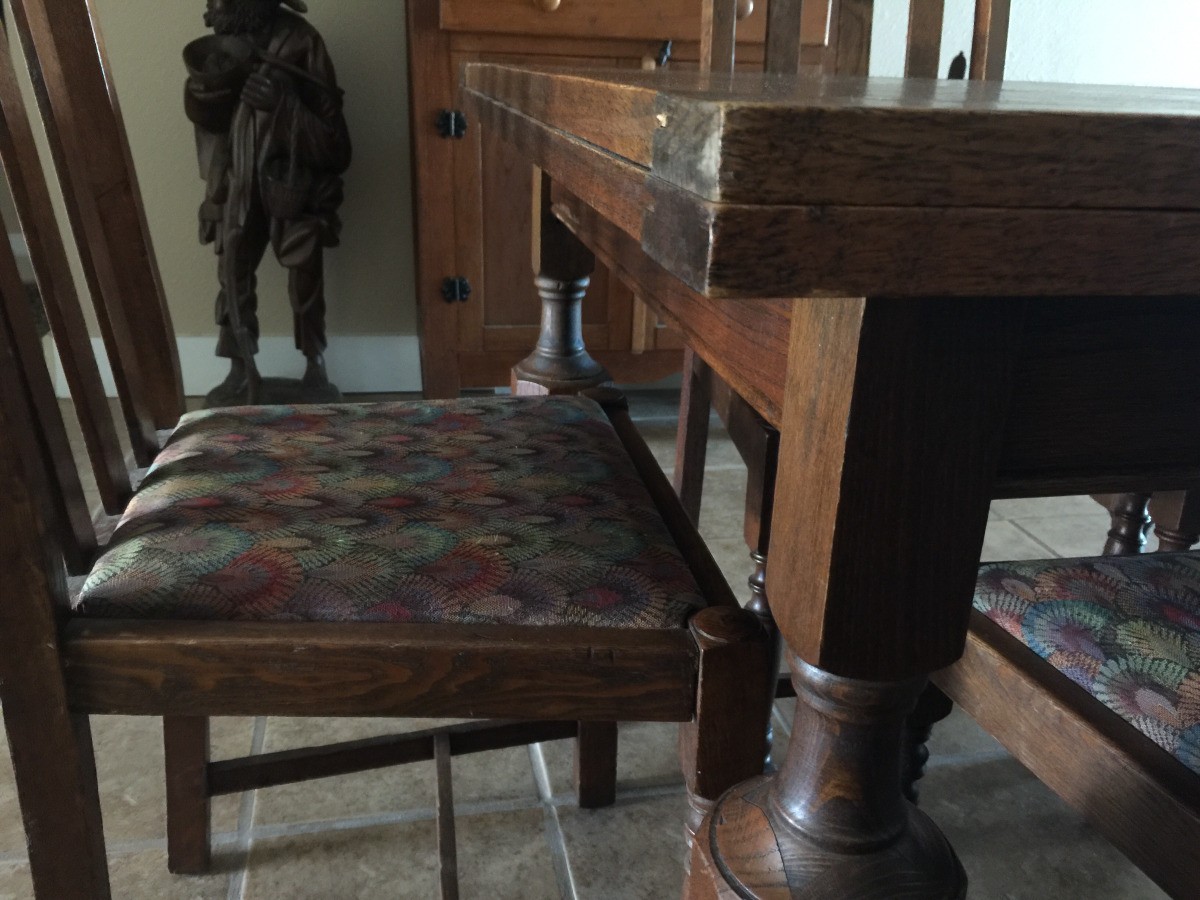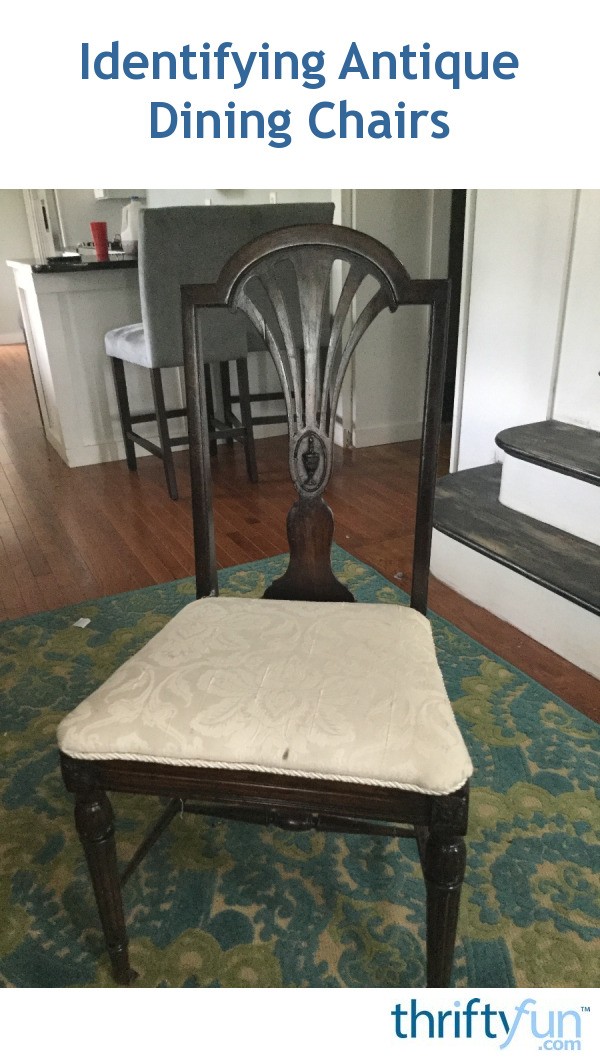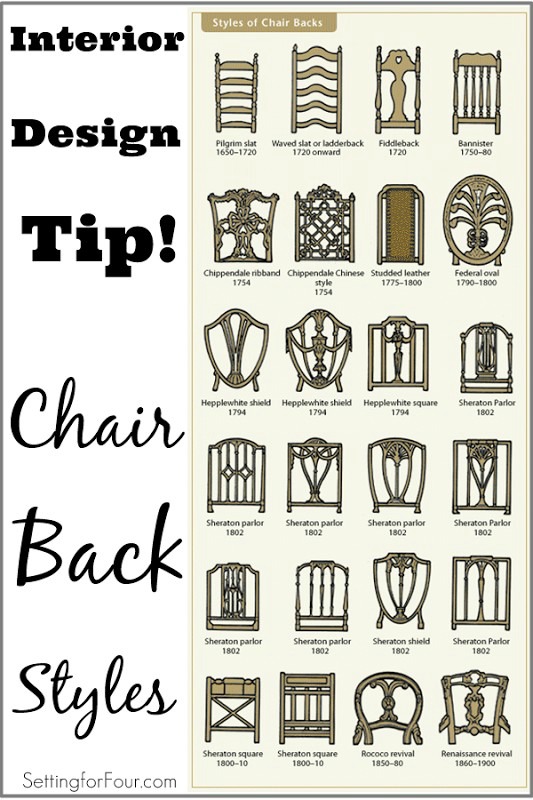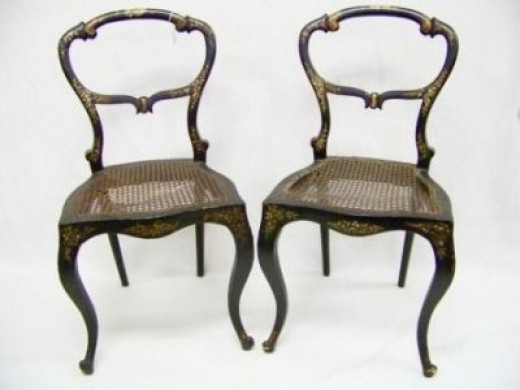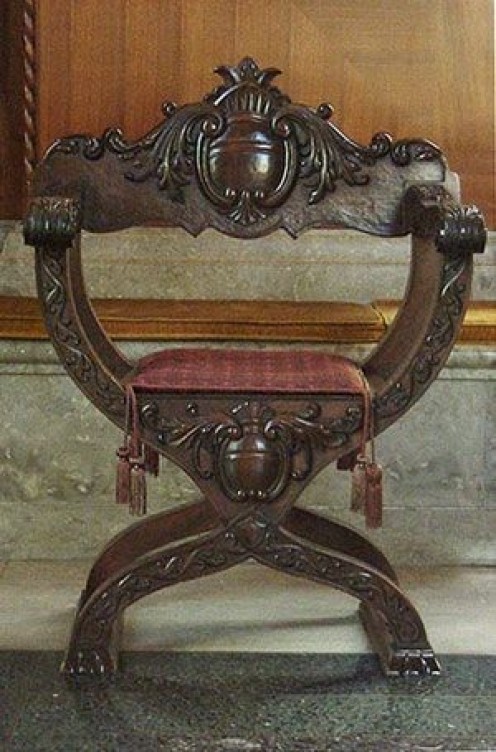If you're a fan of vintage furniture and are looking to add some character to your dining room, antique dining chairs are a great option. However, with so many different styles and designs, it can be overwhelming to identify whether a chair is truly antique or just a reproduction. In this guide, we'll walk you through the process of identifying antique dining chairs and provide helpful tips and resources to help you make informed decisions.Antique Dining Room Chair Identification: A Guide to Styles and Designs
One of the first things to do when trying to identify an antique dining chair is to determine the style. This can give you a general idea of the time period it was made in. Some common styles of antique dining chairs include Queen Anne, Chippendale, and Hepplewhite. However, keep in mind that many styles overlap and evolve over time, so it's important to consider other features as well. Another helpful tip is to look for marks or labels on the chair. These can provide valuable information such as the maker, origin, and date. However, not all antique chairs will have visible markings, so it's important to also rely on other factors for identification.Identifying Antique Dining Chairs: Tips and Tricks
The construction of an antique dining chair can also give clues about its age and authenticity. For example, hand-cut joinery and hand-carved details are indicators of an older piece, while modern machinery and mass production techniques suggest a more recent reproduction. Examining the materials used can also be helpful in identifying an antique dining chair. For instance, chairs made of solid wood are more likely to be authentic than those made with plywood or veneer. Additionally, nails and screws were not commonly used in the construction of antique furniture, so the presence of these fasteners can be a sign of a reproduction.How to Identify Antique Dining Chairs by Their Construction
As mentioned before, understanding different styles of antique dining chairs can be helpful in identification. Here's a visual guide to some of the most popular styles: Queen Anne: This style features graceful, curved lines and often has a cabriole leg and a vase-shaped splat on the backrest. Chippendale: Known for its intricate carvings and detailed splats, this style is often associated with Georgian and Colonial furniture. Hepplewhite: These chairs are characterized by their shield-shaped backrest and delicate, tapered legs. This style is named after the English furniture designer, George Hepplewhite. Sheraton: Similar to Hepplewhite, these chairs have a shield-shaped backrest but feature more intricate carvings and inlays. Victorian: This style is known for its ornate details, including elaborate carvings and upholstered seats.Antique Dining Room Chair Styles: A Visual Guide
Antique dining chairs were typically made with high-quality materials that have stood the test of time. Some common materials used in these chairs include mahogany, walnut, oak, and cherry. These woods have distinct characteristics that can help with identification, such as the color, grain, and texture. Additionally, the type of finish and patina can also provide clues about the age and authenticity of the chair.Identifying Antique Dining Chairs by Their Materials
In addition to style and materials, there are some common features to look for when trying to identify an antique dining chair. These include hand-carved details, hand-cut joinery, and signs of wear and age. Older pieces may have cracks, dents, and scratches, which add to their charm and authenticity. It's also important to consider the overall design and proportions of the chair, as these can also provide clues about its age and style.Antique Dining Room Chair Identification: Common Features to Look For
With the rise of online marketplaces and antique dealers, it's easier than ever to find and purchase antique dining chairs. However, it's important to do your research and gather information from reputable sources before making a purchase. Some helpful resources for learning about antique dining chairs include books, online forums, and local antique shops. You can also consult with an expert or hire a professional appraiser for a more thorough evaluation.Antique Dining Room Chair Identification: Where to Find Information and Resources
While it's not always easy to determine the exact age of an antique dining chair, there are some key factors to consider. As mentioned before, the style and materials used can give an idea of the time period it was made in. Additionally, examining the construction and any marks or labels can also provide valuable information. When it comes to determining the value of an antique dining chair, factors such as rarity, condition, and demand can all play a role. It's best to consult with an expert or do thorough research before making any purchasing decisions.Antique Dining Room Chair Identification: How to Determine Age and Value
When it comes to identifying antique dining chairs, there are some common mistakes to avoid. One of the biggest mistakes is assuming that a chair is antique just because it looks old. As mentioned before, many reproduction pieces are made to look aged, so it's important to look for other identifying factors. Additionally, it's important not to rely solely on marks or labels, as these can be faked or added later on.Antique Dining Room Chair Identification: Common Mistakes to Avoid
If you're new to the world of antique furniture, it can be overwhelming to identify and purchase authentic pieces. That's why it's important to seek advice from experts and experienced collectors. They can offer valuable insights and tips on how to spot a true antique and avoid common mistakes. Remember to always do your research and consult with professionals before making any purchases. In conclusion, identifying antique dining chairs requires a combination of knowledge, research, and attention to detail. By considering factors such as style, materials, construction, and age, you can make informed decisions and add unique and valuable pieces to your dining room collection.Antique Dining Room Chair Identification: Expert Tips and Advice
How to Identify Antique Dining Room Chairs

The Importance of Identifying Antique Dining Room Chairs
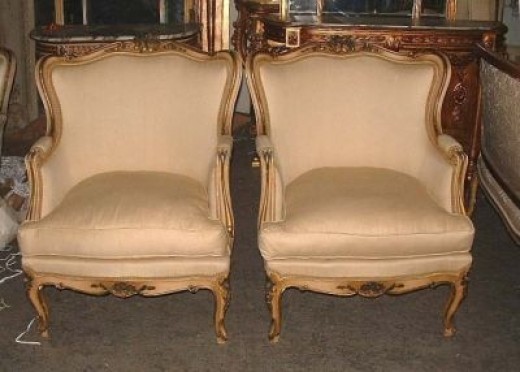 Antique dining room chairs not only add character and charm to a home, but they also hold a significant value for collectors and historians. These chairs are not only pieces of furniture, but they also represent a specific era and style, making them highly sought after by design enthusiasts. However, with the rise of replica and reproduction furniture, it can be challenging to determine the authenticity of an antique dining room chair. That's why learning how to properly identify these pieces is crucial for any homeowner or collector.
Antique dining room chairs not only add character and charm to a home, but they also hold a significant value for collectors and historians. These chairs are not only pieces of furniture, but they also represent a specific era and style, making them highly sought after by design enthusiasts. However, with the rise of replica and reproduction furniture, it can be challenging to determine the authenticity of an antique dining room chair. That's why learning how to properly identify these pieces is crucial for any homeowner or collector.
Examining the Chair's Design and Materials
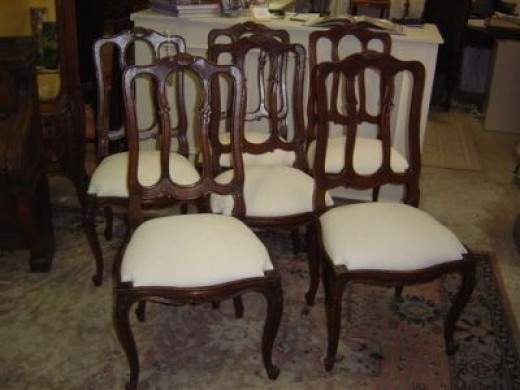 One of the first steps to identifying an antique dining room chair is to closely examine its design and materials.
Featured keywords such as "antique" and "dining room chair" should be used throughout the article to optimize for search engines.
Look for intricate carvings, unique shapes, and ornate details that may indicate a specific period or style. Additionally,
pay attention to the materials used and their condition
. Antique dining room chairs are typically made from high-quality, durable materials such as solid wood, while more modern chairs may use cheaper materials like particleboard.
One of the first steps to identifying an antique dining room chair is to closely examine its design and materials.
Featured keywords such as "antique" and "dining room chair" should be used throughout the article to optimize for search engines.
Look for intricate carvings, unique shapes, and ornate details that may indicate a specific period or style. Additionally,
pay attention to the materials used and their condition
. Antique dining room chairs are typically made from high-quality, durable materials such as solid wood, while more modern chairs may use cheaper materials like particleboard.
Researching the Chair's History
Consulting with Experts
 When in doubt, it's always best to consult with experts in the field of antique furniture.
Related main keywords such as "house design" and "collectors" can be used to further optimize the article.
They can provide valuable insights and knowledge that can help you accurately identify an antique dining room chair. You can also attend antique fairs and auctions to network with other collectors and gain more knowledge about different styles and eras of antique furniture.
When in doubt, it's always best to consult with experts in the field of antique furniture.
Related main keywords such as "house design" and "collectors" can be used to further optimize the article.
They can provide valuable insights and knowledge that can help you accurately identify an antique dining room chair. You can also attend antique fairs and auctions to network with other collectors and gain more knowledge about different styles and eras of antique furniture.
In Conclusion
 Identifying antique dining room chairs can be a challenging but rewarding process. By carefully examining the chair's design and materials, researching its history, and consulting with experts, you can confidently identify and appreciate these valuable pieces of furniture in your home. Remember to always be thorough and meticulous in your examination and research to ensure the authenticity and value of an antique dining room chair.
Identifying antique dining room chairs can be a challenging but rewarding process. By carefully examining the chair's design and materials, researching its history, and consulting with experts, you can confidently identify and appreciate these valuable pieces of furniture in your home. Remember to always be thorough and meticulous in your examination and research to ensure the authenticity and value of an antique dining room chair.



